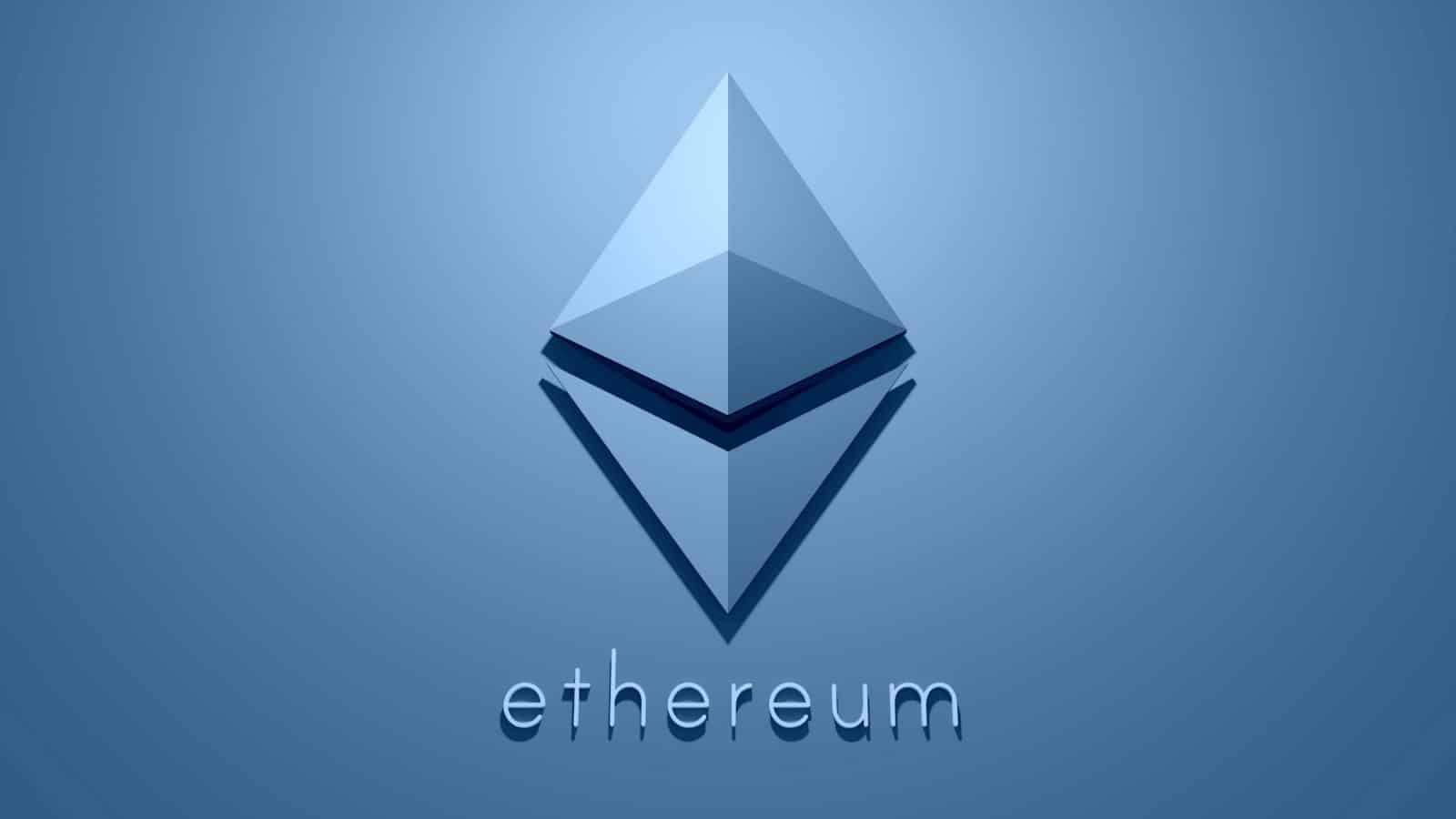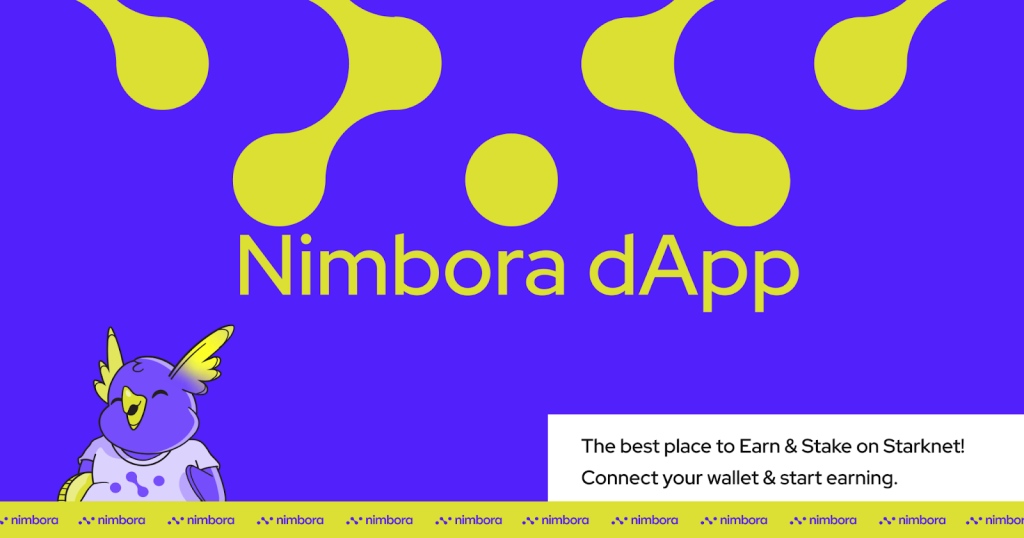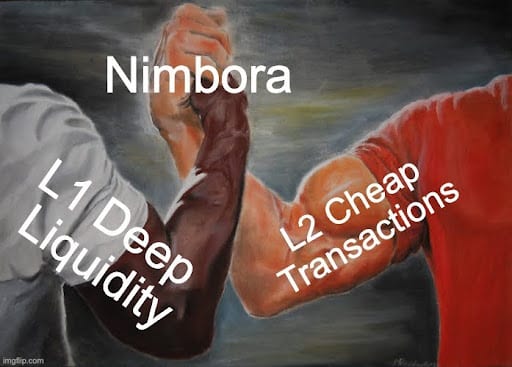Demystifying DeFi: Understanding the Inner Workings of Top Protocols


While Bitcoin serves primarily as a digital store of value and medium of exchange, Ethereum expands its scope by enabling decentralized finance (DeFi) through the use of smart contracts.
Smart contracts on Ethereum are self-executing agreements with predefined rules that automatically execute when certain conditions are met. This has allowed developers to create decentralized applications (dApps) for lending, borrowing, trading, and more, which are governed by these smart contracts. Ethereum’s programmability and flexibility have enabled DeFi protocols to operate autonomously, free from traditional intermediaries, thus revolutionizing the financial landscape.
However, the network’s success has led to congestion and high gas fees, making it akin to an exclusive club with a prohibitively high entry fee for the average user.
Layer 2 (L2) solutions on Ethereum
Layer 2 (L2) solutions on Ethereum aim to scale the base layer by handling transactions off the main Ethereum blockchain, reducing congestion and fees. They leverage the security of Ethereum while offering higher throughput and lower costs. Prominent types of L2 solutions include Optimistic Rollups and ZK Rollups, which both utilize transaction pooling.
Consider a high-speed train (like the TGV) departing with only one passenger on board; this is highly inefficient as the operational cost is the same regardless of how many benefits. This situation is similar to executing a single transaction on the Ethereum main net without rollups—it occupies the same block space that could be used for many transactions, making it expensive.
While L2 solutions offer lower fees and faster transactions, they also introduce new challenges.
Each L2 may operate in isolation with its own liquidity pool, leading to inefficiencies and increased costs when moving assets. This fragmentation can result in less market depth and significant slippage for larger trades. Moreover, not all established DeFi protocols are available on all L2s, or they may exist as less secure forks that haven’t been as thoroughly tested as their L1 counterparts.
So, what is Layer 2 DeFi, and are there any good examples of it? Yes, there are. For example, there’s Nimbora, which is revolutionizing the game with inclusivity in mind.
Layer 2 (L2) DeFi
Nimbora is stepping into the spotlight as a middleware platform situated on L2, where users can access cross-chain DeFi at optimal rates. Instead of handling requests directly, which could result in considerable slippage, it batches multiple users’ intents. Users can match with one another, but when too many users share the same intent (like depositing a token into a yield), the batch is closed and sent to L1.

There, the liquidity is used to make the deposit in the selected yield solution and then bridged back to L2 to distribute to the participants. With one transaction executed on L1 to satisfy the needs of 5, 10, or 100 users, the gas cost is split among all participants. The more participants there are, the lower the gas fees per user.
This mechanism allows users to enjoy the scalability of L2 and the rich DeFi ecosystem of L1 with deep liquidity, combining the best of both worlds.
This wholesale transaction management becomes even better when available on multiple L2. Those batches can be combined and handled at one time on the L1, making the cost negligible. Ongoing research on cross-chain communications (storage proof is an example) could enable cross-L2 intents matching, abstracting the multiple L2 completely from a user point of view.

Can we say that the future of finance lies in L2 DeFi?
In conclusion, the future of finance in the DeFi sector appears to be intricately linked with the evolution and adoption of Layer 2 (L2) solutions. These solutions, exemplified by innovative platforms like Nimbora, are addressing the critical issues of scalability, cost, and efficiency that currently hinder the widespread adoption of decentralized finance on Layer 1 blockchains like Ethereum.
L2 DeFi platforms are not just a theoretical enhancement but a practical necessity.
They offer a promising path forward, bridging the gap between the robust, secure infrastructure of Layer 1 and the demand for faster, cheaper transactions. By enabling bulk transaction processing and leveraging cross-chain functionalities, these platforms significantly lower the entry barrier, making DeFi more accessible and appealing to a broader user base.
Moreover, the ongoing developments in cross-L2 communication and integration hint at a future where the complexities of interacting with multiple layers and chains are abstracted away. This will further streamline the user experience, making DeFi an even more attractive option for both casual users and institutional investors.
While challenges such as fragmentation, liquidity issues, and regulatory uncertainty remain, the momentum behind L2 DeFi suggests a strong potential for these platforms to shape the future of finance. As the technology matures and more users and institutions recognize its benefits, L2 DeFi could well become a dominant force in the financial landscape, offering an unprecedented level of efficiency, inclusivity, and innovation.



